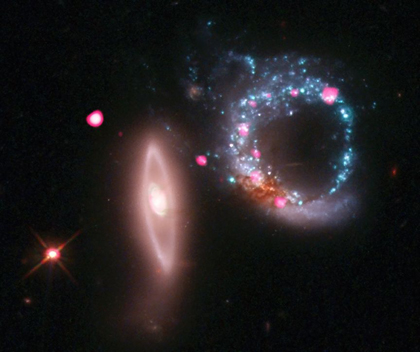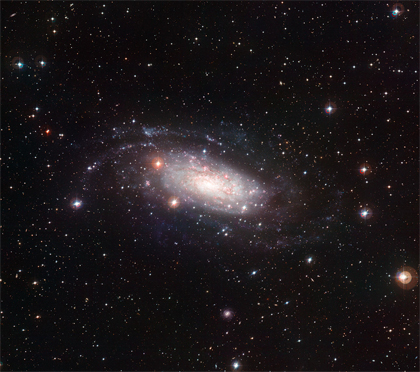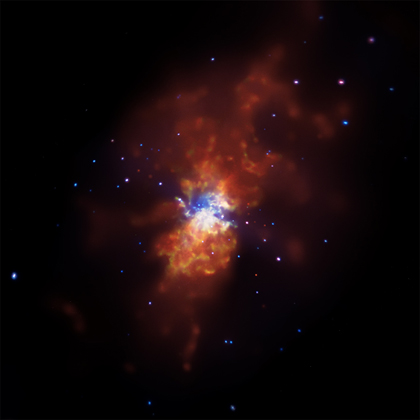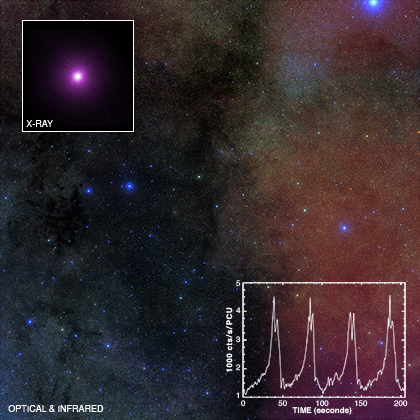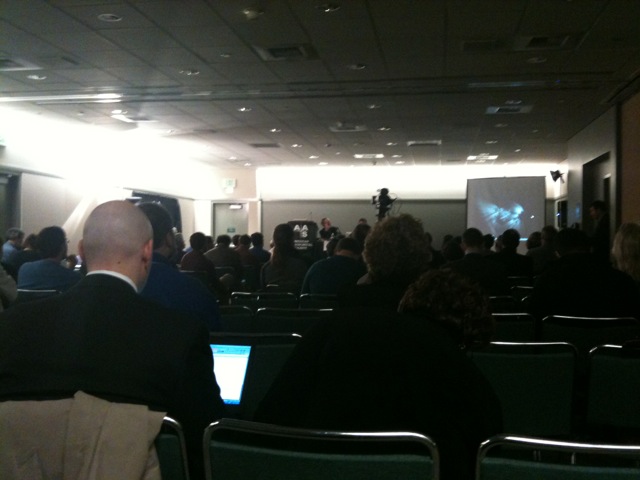Sizing Up Stars
Submitted by chandra on Thu, 2011-02-24 14:03Lately, we’ve been noticing some great new videos that are covering some basic – yet hard-to-understand – concepts in astronomy. Here’s one we recently saw, featured on “Astronomy Picture of the Day,” that we thought was worth noting: http://apod.nasa.gov/apod/ap110222.html






